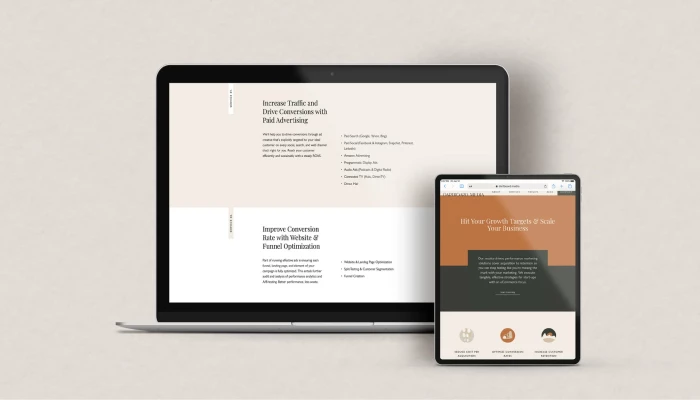Hello!
What is a food blog?
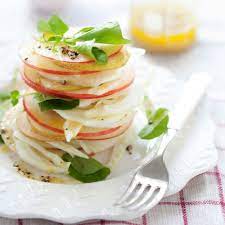 A food blog is all about the name. These blogs can also be about other topics, such as restaurant reviews. You can also write about food from different cultures or different recipes.
A food blog is all about the name. These blogs can also be about other topics, such as restaurant reviews. You can also write about food from different cultures or different recipes.
Are you wondering how to start your own food blog? These are some easy steps to get you started.
How to start your own food blog
Let’s begin with five reasons to start a food blog.
1. Challenge Your Cooking Skills
As a chef, posting on a regular basis is a great motivator. You can learn new techniques by getting feedback from other food bloggers.
2. Meet Like-Minded People
This blog platform is for people who are like-minded. It’s easy to find a community.
3. Express Your Passion
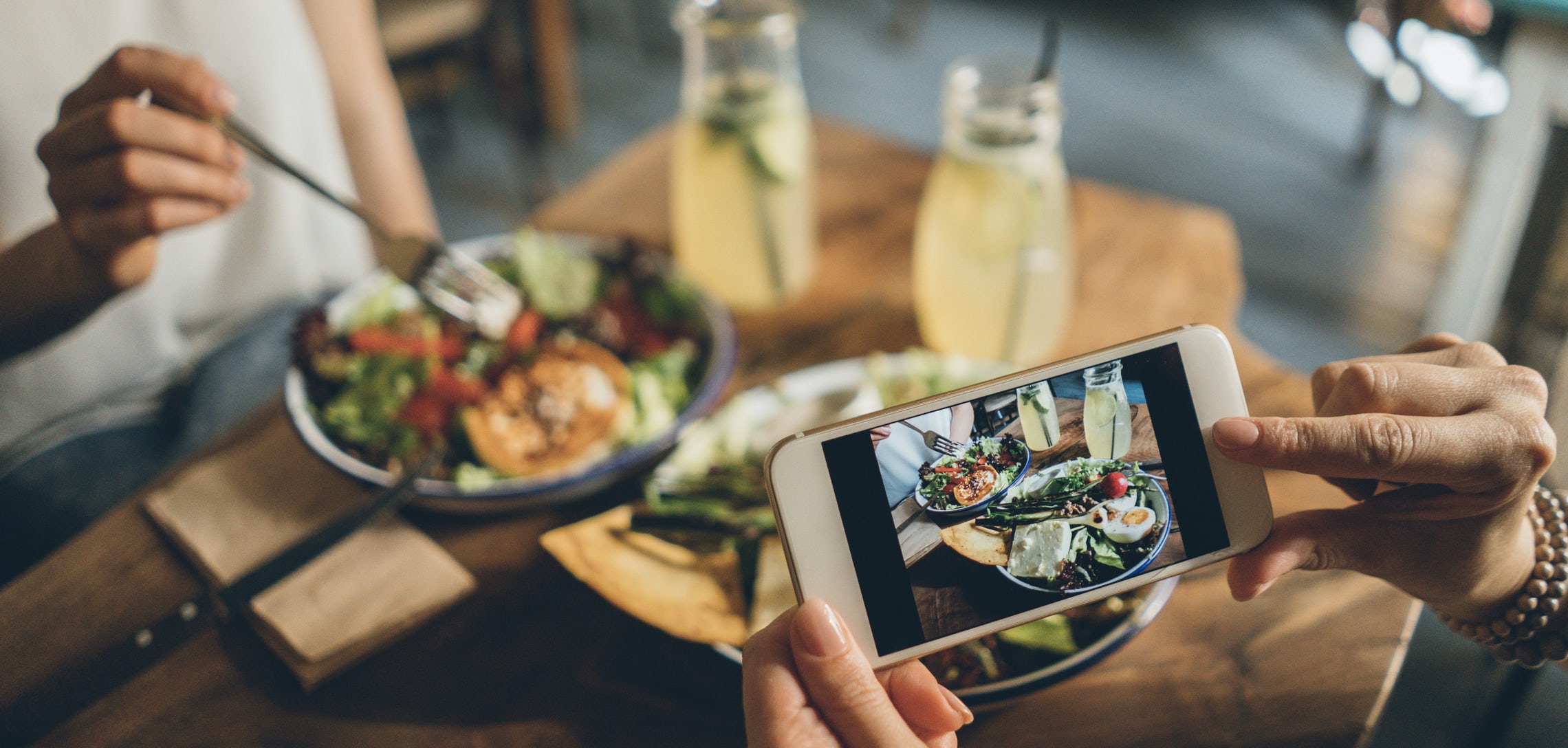 A blog about food is a great way to keep track of your progress. Keep it updated. Include useful tips for cooking. Or even multiple recipes.
A blog about food is a great way to keep track of your progress. Keep it updated. Include useful tips for cooking. Or even multiple recipes.
4. Earn some cash
Start a food blog to make money. You will be able to attract sponsors and build your following. Get noticed with a free ebook.
5. Make a Cookbook
You can post recipes to your blog, and then you can put your favorites in a book. Make sure to leave enough space for the plates in your photos. This helps frame the food.
17 Steps to Starting a Food Blog and Making Money
These steps will help you set up a blog and make it monetizable.
Select a niche for your food blog and research other food blogs
A cooking blog can be targeted to a specific audience. Here are six ways to choose the right lane.
1. Food Photography
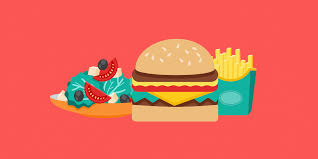 Here’s a tip: Learn how to take food photographs and then take photos under natural lighting.
Here’s a tip: Learn how to take food photographs and then take photos under natural lighting.
2. Name your blog
It is important to choose a blog name. So does SEO. Long-tail keywords are the best for traffic. A recipe blog may have a generated title. Acronyms can also be used.
3. Plan a Food Blogger Business
It is important to have business plans. Identify your competition. This can help you with your search for keywords in SEO.
4. Buy a Domain Name
For food blogging platforms, a good web address is essential. Your domain name should be descriptive and catchy. You can get a domain name for free here. Or you can pay for one at places like.
5. Select a reliable web host
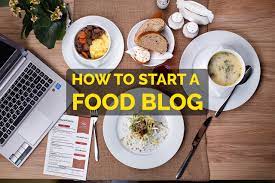 Hosting websites must be reliable. Be familiar with terms such as data transfer and bandwidth. Your options must be reliable. Do the hosting services include cloud services?
Hosting websites must be reliable. Be familiar with terms such as data transfer and bandwidth. Your options must be reliable. Do the hosting services include cloud services?
6. Install WordPress
This site contains everything needs to know. You can choose a free or paid theme. You can display widgets or WordPress plugins on your WordPress dashboard.
7. Select a successful blog theme
Select a theme for your food blog. There are many free themes. You can also choose a WordPress theme that you have to pay for. You should look for responsive design and theme customization. These are the top WordPress themes for food blogs:
Julia
This theme for WordPress is responsive mobile. Advertise on your blog.
Florentine
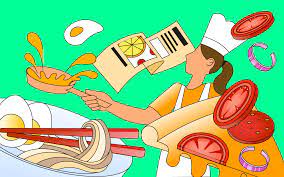 This one uses a wp-recipe maker to format.
This one uses a wp-recipe maker to format.
Cookely
Make an online store. WooCommerce is enabled for Cookely.
Lahanna
You can choose from four versions. It is also very user-friendly. You can change fonts.
Gourmand
High-quality images can be created with a responsive design.
Ranna is another option. Another mobile-friendly theme is this one.
8. Register for Google Analytics and Search console
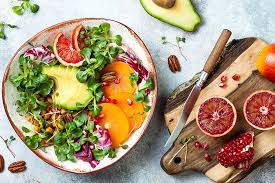 Your food blog needs Google tools. Similar to this one. To track website visitors and traffic. Also, Search Console. To see where you rank in search results. To get started, create your Google Account.
Your food blog needs Google tools. Similar to this one. To track website visitors and traffic. Also, Search Console. To see where you rank in search results. To get started, create your Google Account.
9. Optimize Your SEO
There’s also technical stuff such as seo. Match keywords with client searches to increase blog traffic. This is
10. Install WordPress plugins
You can either get a WordPress plugin for free, or you can pay for it. These plugins can be found on self-hosted WordPress blogs. You’ll search for good recipes plugins.
These are the top food blog plugins: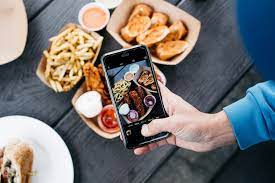
- Recipe Hero. A responsive photo gallery.
- WP Rocket. This caching plugin speeds your blog up.
- ShortPixel. This is a great tool for speed issues that arise from images.
- SumoMe. Get amazing opt-in forms and Social Sharing tools.
- Vaultpress. Automatically backup your files.
- WP-Copyright-Protection. This software is free and open-source to protect your website. This software prevents copying and pasting.
- WP Ultimate Recipe. This is formatted for Google Recipe Search.
11. Make a Content Plan for a Food Blog
Your blog is ranked by search engines. Search engine optimization is an important part of a good blog plan. Search keywords that are relevant to your recipes. These keywords can be incorporated into your content to increase google traffic.
Here’s a list of ideas.
12. Your First Post Published
 Next is your first post. A good food blog will have text and food photos. Find blog post ideas.
Next is your first post. A good food blog will have text and food photos. Find blog post ideas.
13. Promote Your Blog
Promoting food blogs goes beyond sharing photos on social media.
These are some other ways you can promote your blog.
- A YouTube Channel
Mention your content, and include a link.
- Use Your Email
Your signature can be linked to a new post. It is better to have a personal address than one that is generic.
Your profile should include a link to your blog. Your Instagram feed will attract traffic.
- Use Keywords
 Particularly long tail ones.
Particularly long tail ones.
- Optimized Images
Keywords should be used in the title and alternate tags sections.
Linking to authoritative sites is another option. You must ensure that they are credible and relevant.
14. Make Money Now
Monetize your blog. These tips and tricks will help you make money blogging.
- Google Adsense
Display ads are paid for clicks and impressions.
- Sell Books
Based on the content of your blog, you can sell physical cookbooks. Self-publishing is another option.
- Create a Membership Site
 To be a part of a foodie group, you must charge. Get recurring income.
To be a part of a foodie group, you must charge. Get recurring income.
- Sponsored content
You can feature different brands on your blog. You get content about their product and they pay you a fee.
- Cooking Classes
These examples will help you get started.
- An affiliate program
Get a commission if you promote a food-related product
15. Diversify your income streams
It’s always a good idea to branch out. You can sell merchandise such as shirts. Even organizing events can help you make extra money.
16. Keep posting new content and recipes
Google will notice more content that you post. You will become more authoritative. This means you get more traffic.
17. Start a Food Blog and Be a Success!
 This niche requires a variety of digital tools to be successful. A good hosting provider can handle spam comments. A WordPress site that has a great recipe plugin. You will also need to be a passionate foodie and have a passion for the business.
This niche requires a variety of digital tools to be successful. A good hosting provider can handle spam comments. A WordPress site that has a great recipe plugin. You will also need to be a passionate foodie and have a passion for the business.
How do food bloggers get paid?
A food blog can make you a lot of money.
These are just a few of the many ways we haven’t explored.
Social Media Promotions Start by creating an advertising page for your blog.
Guest Blog. Here are some places to look.
Social Media collaboration. Reach out to brands and offer ideas.
Offer Services. Offer to take photos for restaurants.
 Organise workshops. You can work alone or in collaboration with other bloggers.
Organise workshops. You can work alone or in collaboration with other bloggers.
Assist with branding. Create photos and recipes for brands.
Also read: Longevity Investment Market Soars to $8.49 Billion in 2024: A Steady Climb Fueled by Big Pharma
What is the annual income of food bloggers?
It depends on many factors. Some bloggers make five figures per month. This depends on the income stream. Another part timersreport $20,000 per year
The national average is $41,058 per year.
Thank you!
Subscribe to our newsletter! Join us on social networks!
See you!


